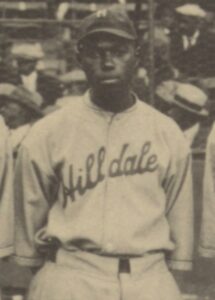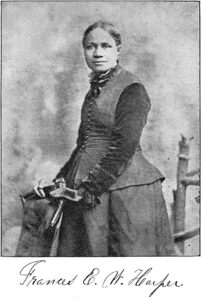Lemuel T. Ward (1895-1984) and Steven W. Ward (1896-1976), humble barbers in Crisfield, begin carving decoys to sell for extra money after their father dies in a boating accident in 1918. From the beginning, their decoys are exceptionally realistic and lifelike because the carvers are fascinated by the birds’ appearance.
Steve carves the cedar blocks and Lem paints them as they produce thousands of highly-prized decoys over the next 50 years. Calling themselves “Wildfowl Counterfeiters in Wood,” they are the first to carve decorative birds full time in the 1950’s and win many awards in the art world.
Their world-famous carvings have spawned an international group of very realistic wildfowl carvers. In 2006, a Ward Golden-eyed Drake carving sold for $109,250 at the Annual Easton Wildfowl Festival Auction. The Ward Museum of Wildfowl Art in Salisbury has the world’s largest collection.






